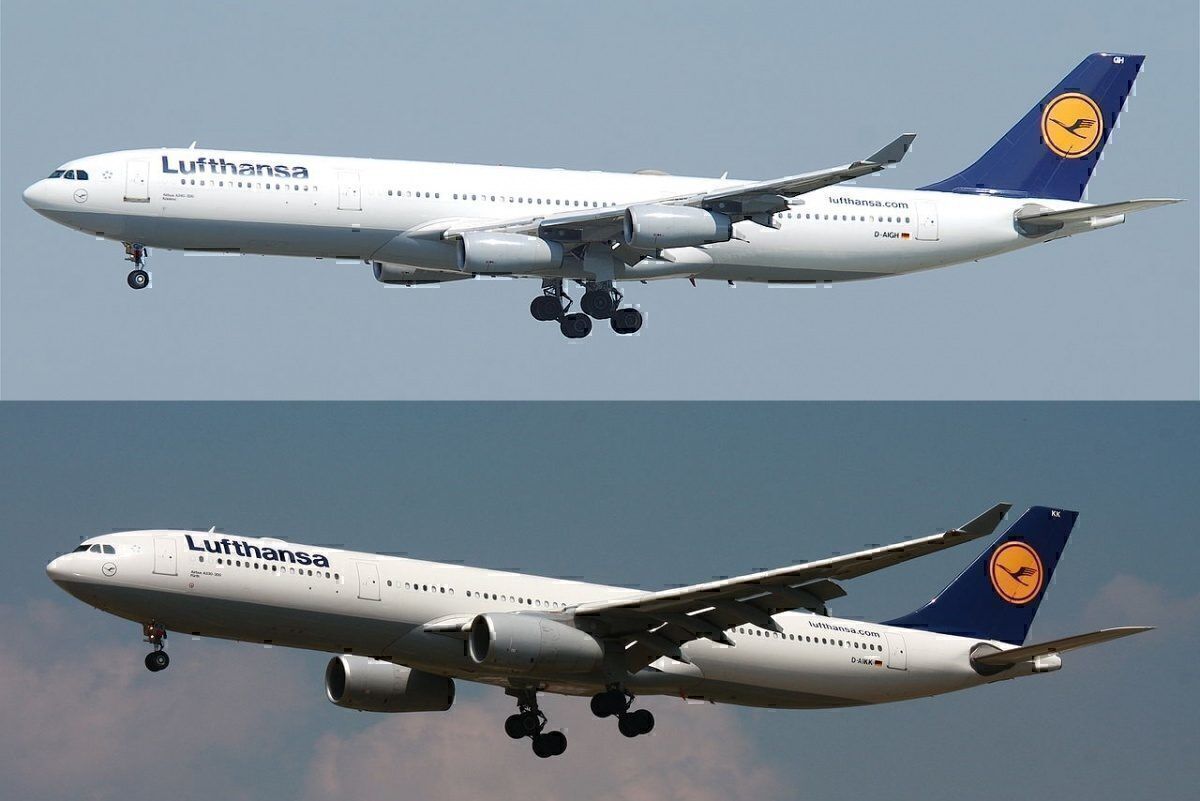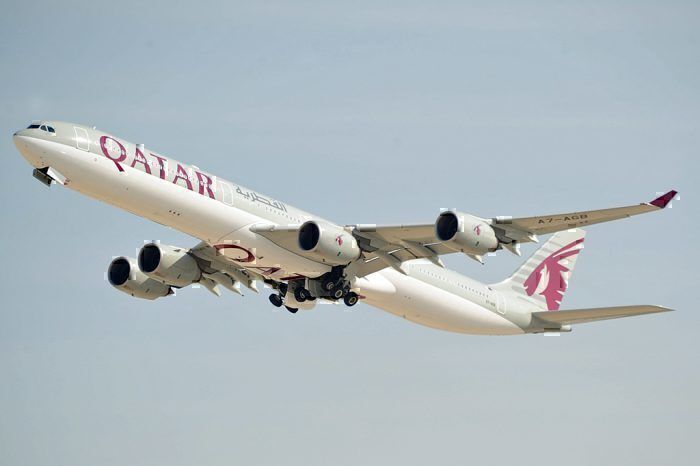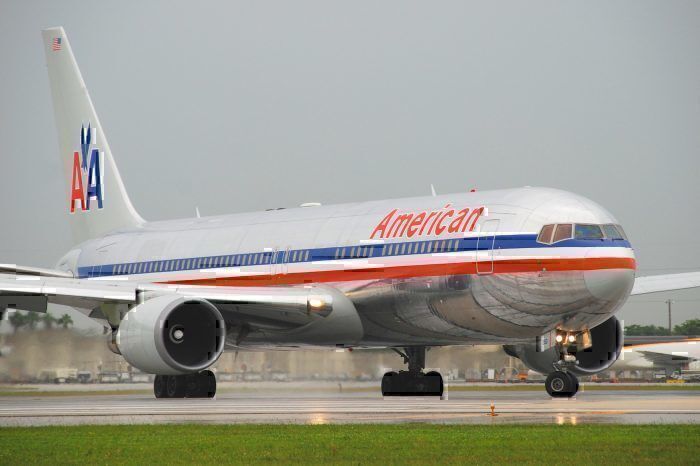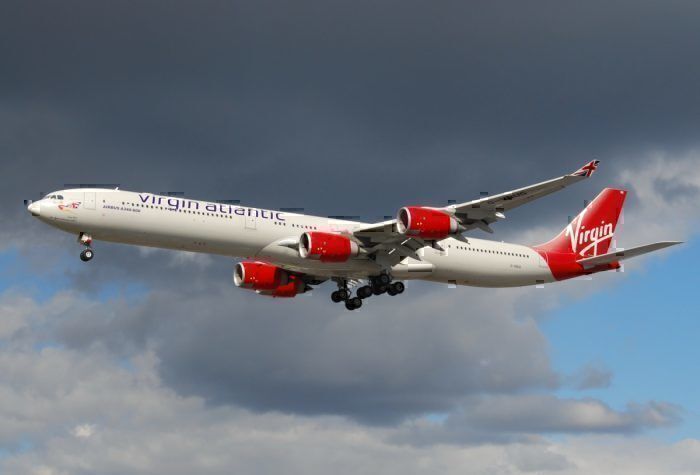The first variant of the A330 was the A330-300, which made its entry into service in January 1994. The A340 made its entry into service the year before, in March 1993. The A340's production came to a stop in November of 2011 yet the A330 still lives on - most recently as a 'neo' version. So why were these two models of aircraft built at the same time and why has one outlived the other?
Background
First entering passenger service with Air Inter in January 1994, the A330 was designed to be a successor to the A300 and A310. According to authors Norris and Wagner, the A330 was targeted at the growing demand for high-capacity, medium-range, transcontinental trunk routes. The aircraft was able to offer the same range and payload as McDonnell Douglas' DC-10 but had a fuel efficiency advantage of 25%.
With development happening almost simultaneously, the A340 first flew with its launch customers Air France and Lufthansa in 1993. The A330 and A340 shared many common airframe components but mainly differed in number of engines. In fact, this is what Airbus has to say when comparing the aircraft:
"Utilising the same basic fuselage and wing as Airbus’ twin-engine A330, the A340 shares similar airframe structures, components and systems – providing a true aircraft family with different versions to meet operators’ varied requirements."
The A340's main focus was on long-haul, trans-oceanic routes due to its exemption from ETOPS restrictions (more on that later).
According to FlightGlobal, Airbus vice president for strategic planning, Adam Brown, recalls,
"There was much internal debate whether to go with the big twin or the quad... North American operators were clearly in favour of a twin, while the Asians wanted a quad. In Europe, opinion was split between the two...The majority of potential customers were in favour of a quad despite the fact, in certain conditions, it is more costly to operate than a twin -they liked that it could be ferried with one engine out, and could 'fly anywhere' - remember ETOPS hadn't begun then,"
Engines turn or passengers swim
The title of this section is the colloquial 'backronym' for ETOPS. ETOPS is actually an acronym for "Extended-range Twin-engine Operational Performance Standards".
"It'll be a cold day in hell before I let twins fly long-haul over-water routes" - Lynn Helms, former FAA Administrator
In 1953, the FAA had a "60-minute rule" that restricted twin-engine aircraft to a 60-minute diversion area. This means that twin-engine aircraft were allowed to fly no more than 60 minutes flying time away from the nearest airport suitable for an emergency landing. This was based on the piston engine reliability of the time but the rule had flexibility beyond pending special approval.
In the 1950s, the ICAO recommended a 90-minute diversion time for all aircraft, which was adopted by many regulatory authorities and airlines outside the US according to Wikipedia. In 1985 special allowance was given to Trans World Airlines to fly their twin-engine 767 trans-Atlantic from Boston to Paris. This was the first ETOPS certification rating given: ETOPS 180 minutes. Things have come a long way since then in terms of confidence in the reliability of aircraft and their engines.
ETOPS improvements
These days, new approval for the Airbus A330neo is for ETOPS 285 min. This means that the aircraft can fly on a route which is not further than 285 minutes flying time with one engine inoperative from the nearest airport suitable for an emergency landing.
Therefore, as the video above explains, airlines would get around ETOPS restrictions by using quad-jets or tri-jets for their trans-oceanic routes. The A340 was developed to get around ETOPS restrictions by having four engines but a smaller capacity than the 747 - perhaps the original attempt to answer to "long and skinny" routes.
In fact, according to Wikipedia, the A340-300 can fly 295 passengers in a typical three-class cabin layout with a range of over 6,700 nautical miles (12,400 km). Contrast this to the Boeing 747-400, which can accommodate 416 passengers in a typical three-class layout. It has a range of 7,670 nautical miles (14,200 km).
Conclusion
The timing of the Airbus A340 was rather unfortunate. Development began before the issuance of ETOPS as a way to accommodate FAA regulations. With the development of increasingly reliable aircraft and higher ETOPS ratings to go with them, there is just no longer any place for a lower-capacity quad-jet aircraft like the A340.
Qatar flew its final A340 this year and Virgin Atlantic plans to retire their last one by the end of 2019. Will you be sad when the final passenger A340 retires?




